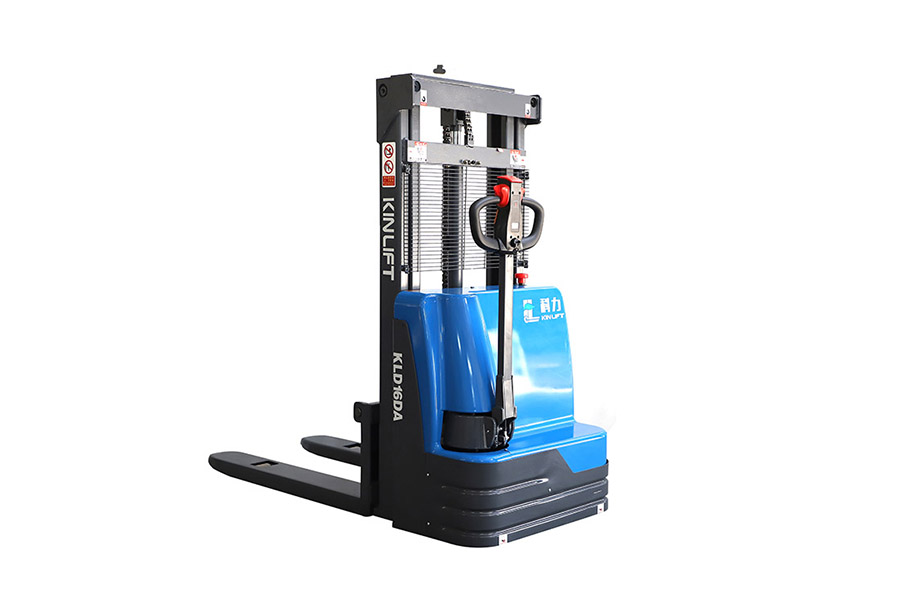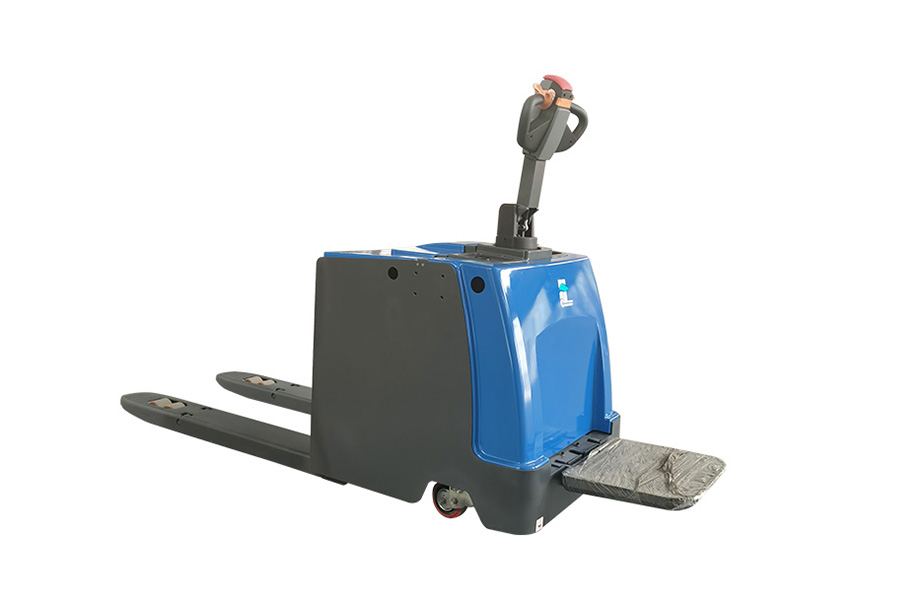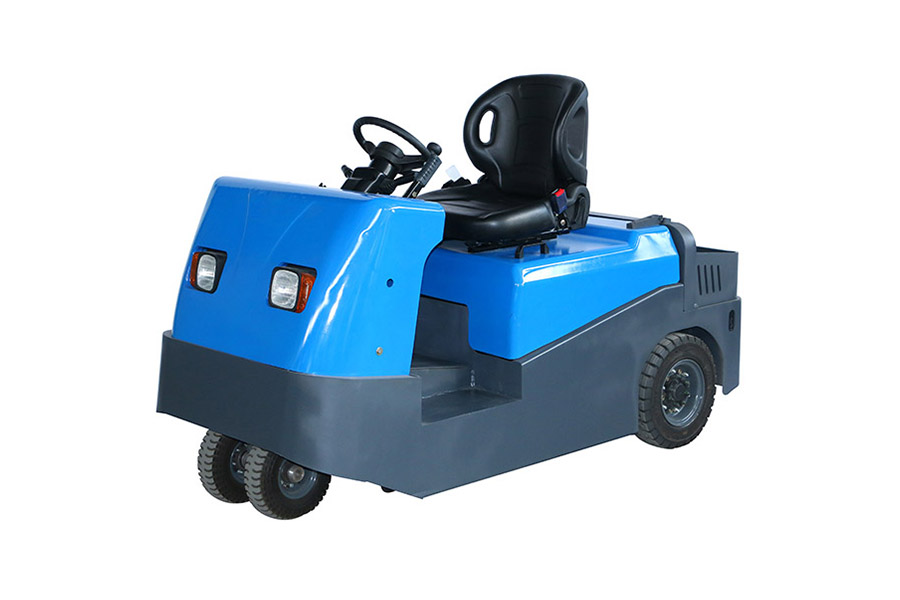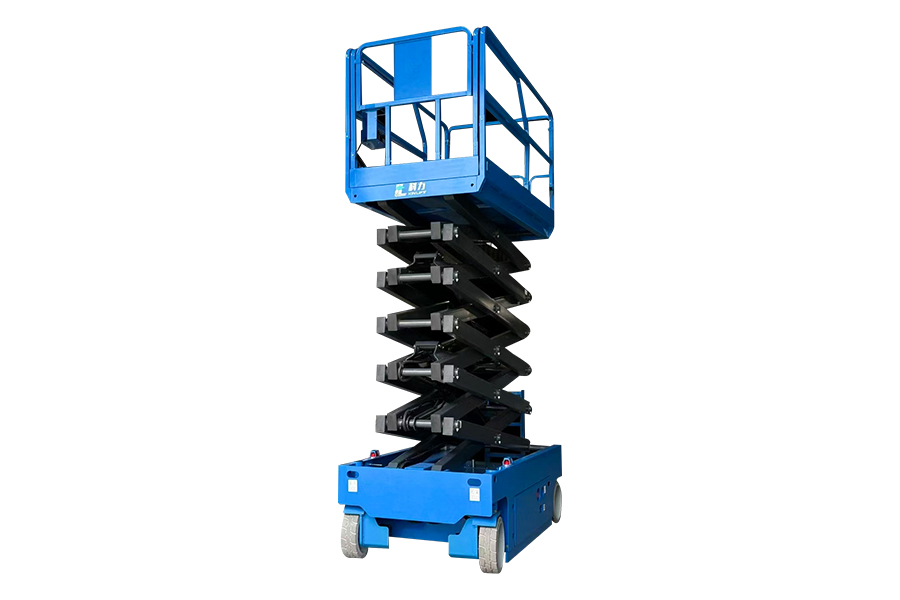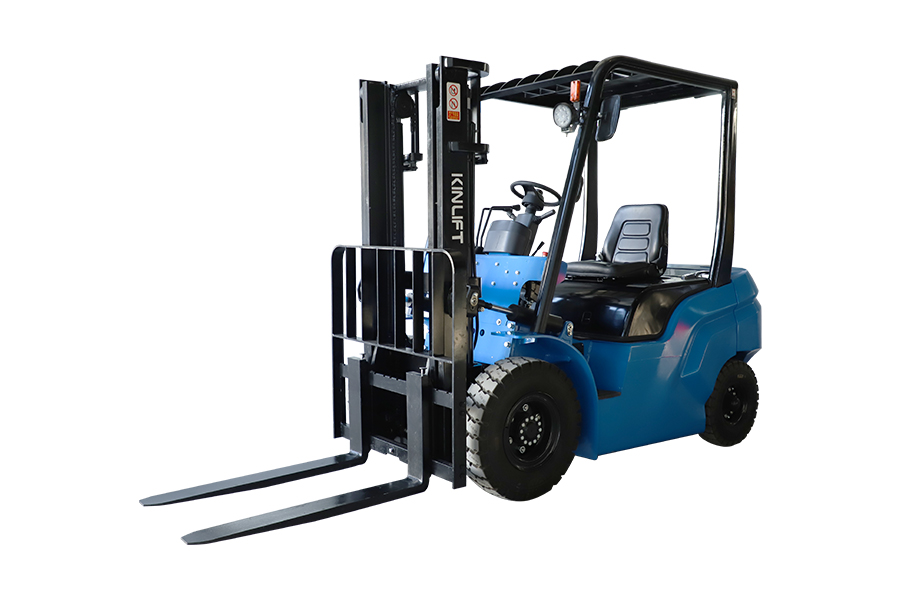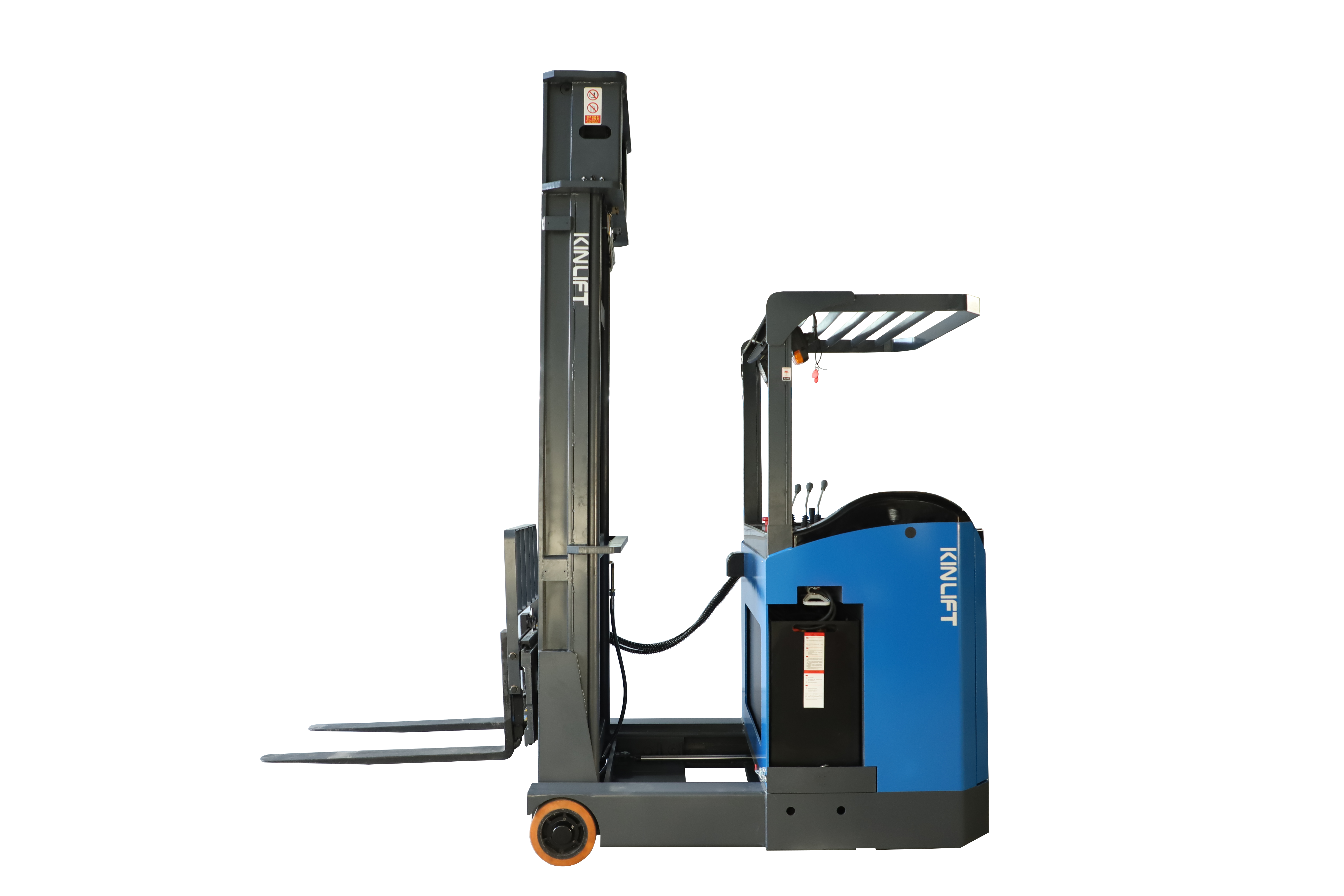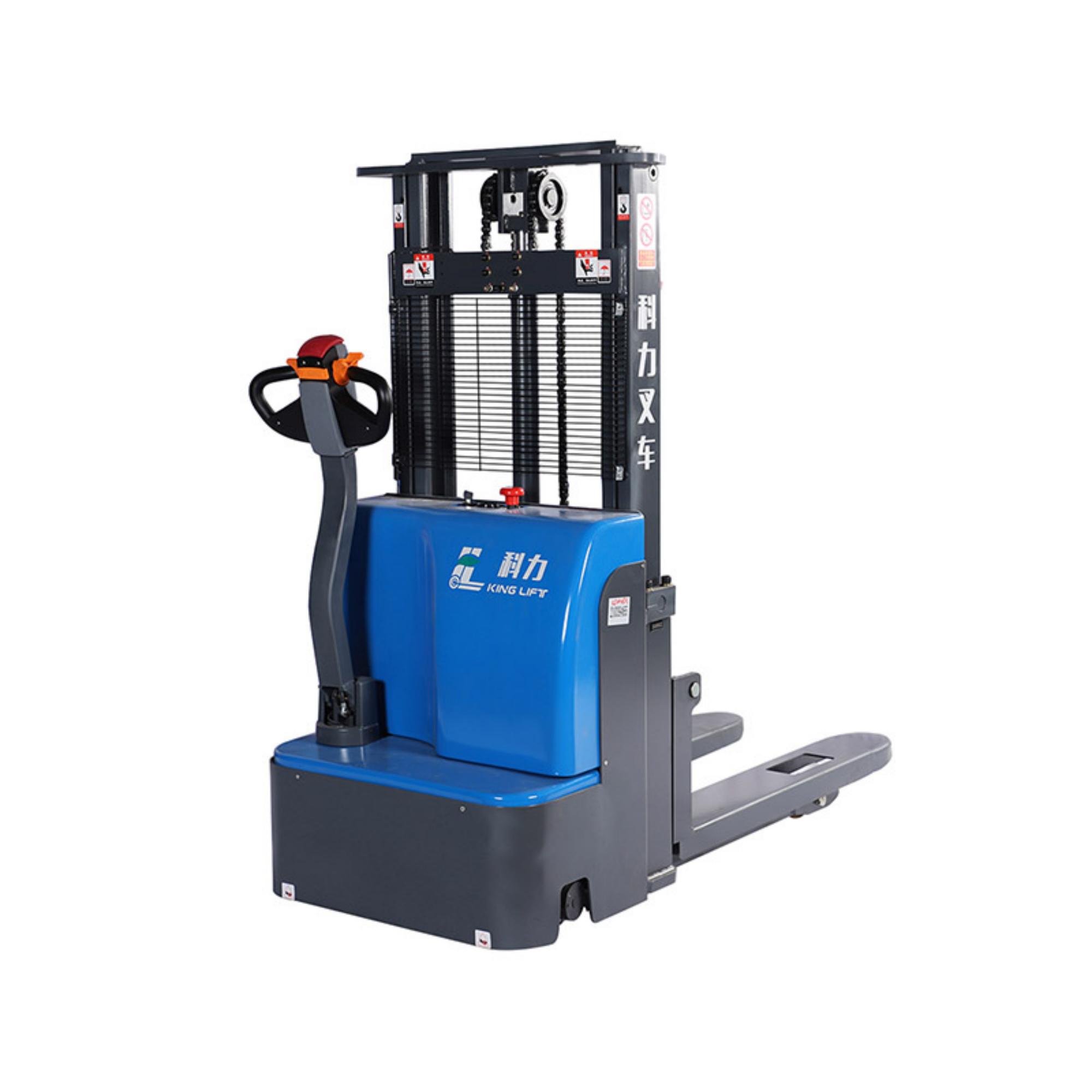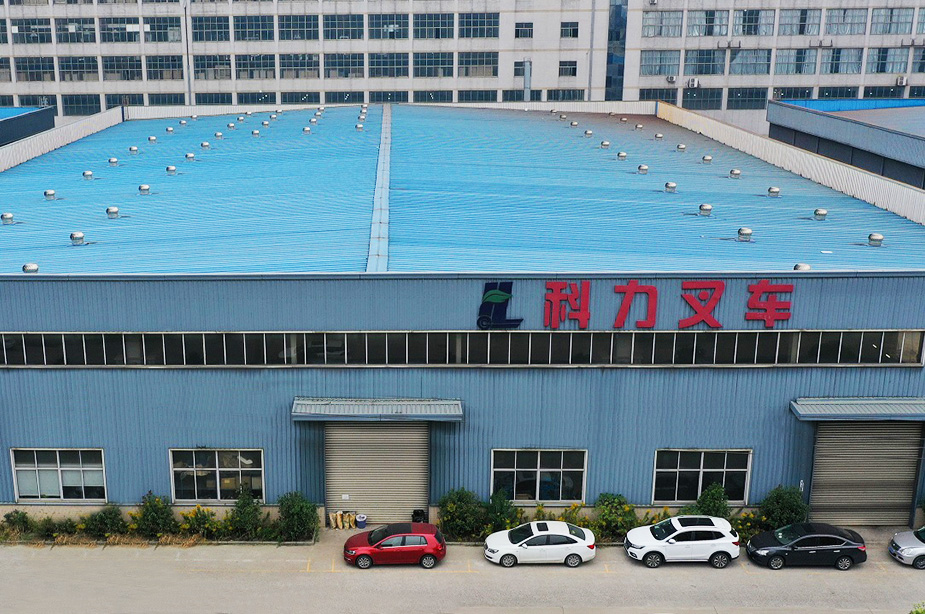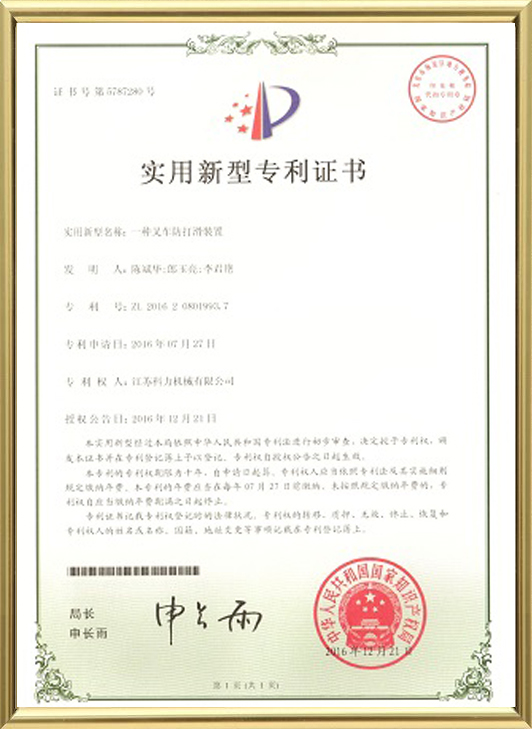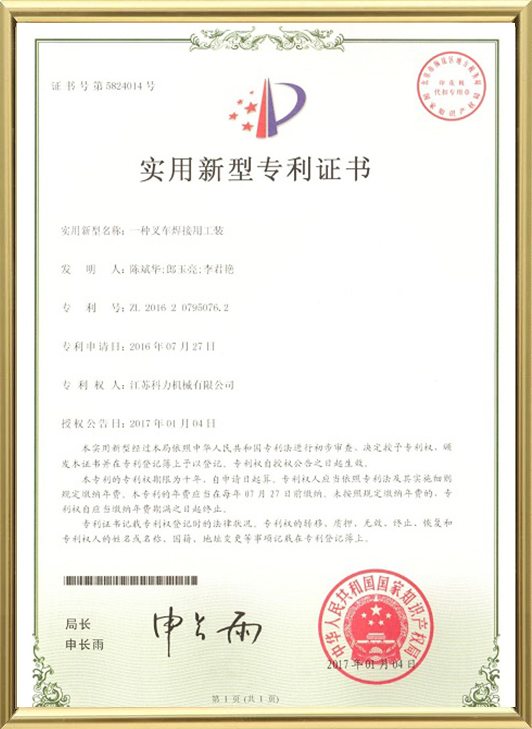1.Non-fork leg counterweight type, suitable for single-sided or double-sided pallet cargo
2.Standard fork with tilt function
3.Steering wheel operation
4.Standard USB interface can be connected to the data cable
5.EPS electronic power steering system can reduce the operating force, improve sensitivity,improve the steering return characteristics, and the automatic deceleration function in the corners,making it easier and safer to use
6.Vertical drive AC motor, no need to replace carbon brushes, has better hill start performance and regenerative braking function, can efectively improve the working eficiency and service life of the motor, and is more energy-saving
7.Curtis controller, ALBRlGHT contactor, AMP waterproof power connector
8.Halogen large lights, and equipped with wide-angle rearview mirrors
9.Unique driving shock absorption technology, the forklift has better passing performance
10.Standard side-pull battery quick-change device, which can adapt to the continuous operation of the forklift"he side door can be ovened, and the balery can be puled out lrom 11.The side door, which is more convenient for baltery replacementand maintenance
12.Adjustable safety seat, more comfortable and safe driving
13.Stand-on driving walking pedals
14.High-frequency MoS tube integrated control system, CAN-BUS bus technology
15.Optimized power output and motor matching, continuous operation time increased by 25%
16.The door frame material is made of high-strength special steel to improve the stability of forklift stacking
17.Large-capacity48V battery, one charpecan be used toralong time


 English
English русский
русский
